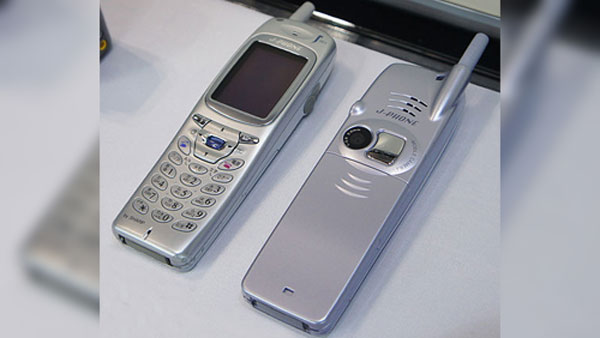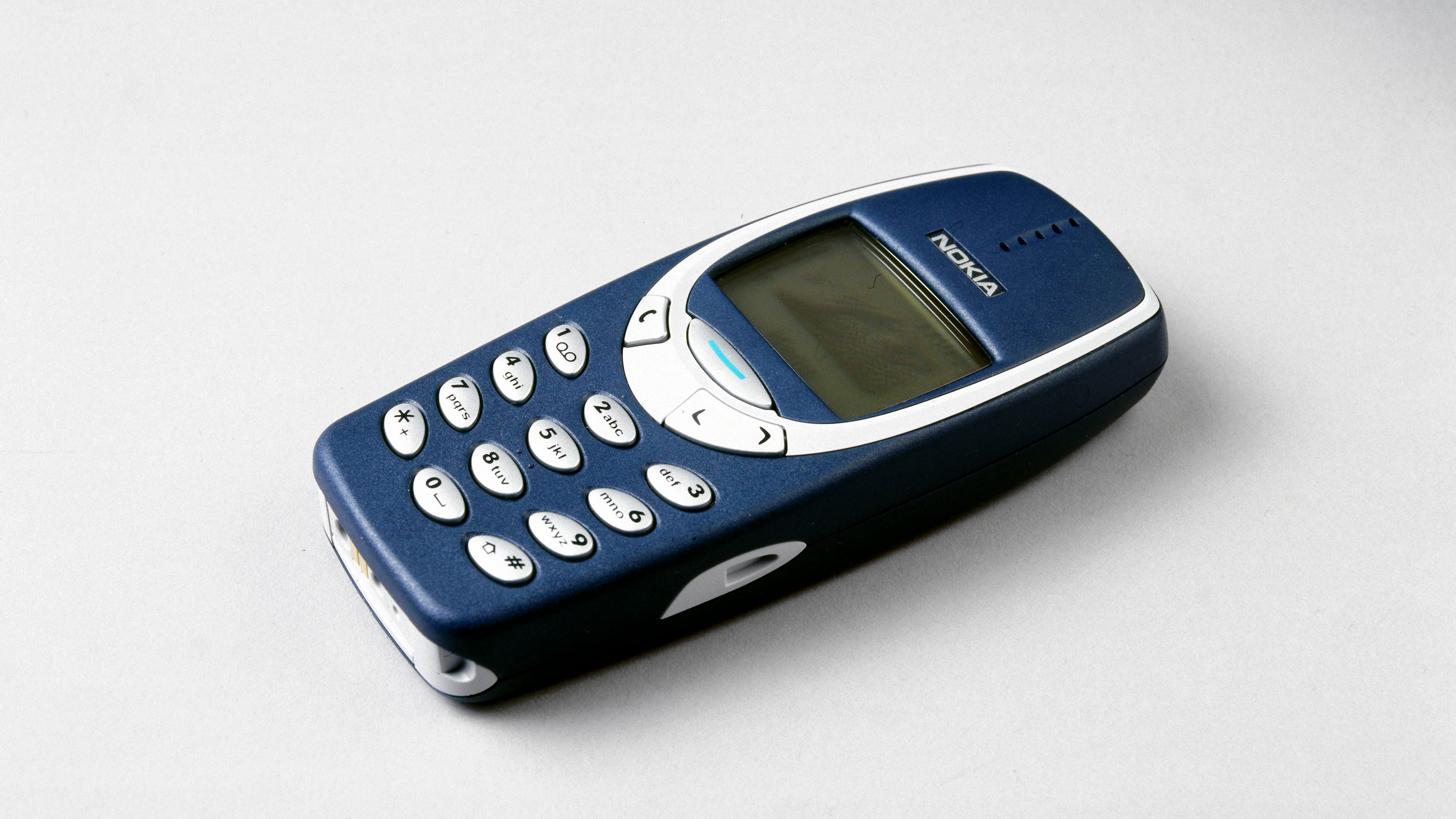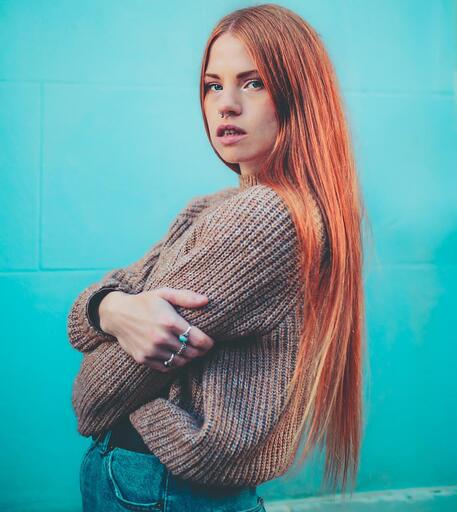It's been over 20 years since the first camera phone was released, and now we couldn't imagine life without them
The first camera phone was only available in Japan and could only take very high low photos - we've come a long way in 24 years

Back in November 2000, Sharp launched the J-SH04 – the world's first camera phone capable of sending picture messages. Initially it was only available in Japan, boasting a 110,000-pixel CMOS sensor and a 256-image color display.
Since then the best camera phones have become so advanced that feature films have been recorded on them, they've invented new jobs such as content creation and social media influencing, and high-res photos can be sent around the world in a matter of seconds. The days of old-school camera phones are thankfully long behind us, but at the time they were the sign of exciting things to come.
When the first camera phone was released, 23 years ago, the iconic Nokia 3310 was all the rage. Other than making calls, sending texts and playing Snake (which to this day remains a nostalgic favorite) there was little else it could do, yet it kicked off the mobile phone revolution for many people. It was as basic as they come, but its popularity resulted in a reimagined model released in 2017 (albeit with a color screen and a more slimline shape).
In the last 24 years, cellular phones have transformed from basic tools of communication to pocket-sized computers. Phones such as the iPhone 15 Pro or Samsung Galaxy S23 Ultra can be used to email, browse the web, play games, take and edit photos, schedule diary events, track calories consumed / burned, meditate, manage your bank, listen to music, stream videos and so much more.
But long before the first iPhone was released in June 2007, Sharo made it possible to take and send photos from a cellphone – albeit it extremely low resolution.

At the time, nobody predicted that texting or picture messaging would take off quite so rapidly, but its popularity was largely down to teenagers who took to this new rapid form of communication. The first-ever text message was sent from a computer to a phone on December 03 1992, simply saying "Merry Christmas".
Shortly after texting became second nature, people started using shorthand due to the 160-character limit of text messages – and many of these abbreviations such as wuu2 (what you up to) and lol (laugh out loud) are still used today.
SMS is no longer as popular as it used to be, with the likes of Whatsapp, WeChat and Messenger becoming the primary methods of instant messaging. According to SellCell, around 23 billion messages are sent every single day and more than 300 million photos get uploaded to the internet – but it’s almost impossible to work out exactly how many of those are sent via messenger.
There’s no denying that smartphones have completely changed the way we live our day-to-day lives. Whereas once upon a time we would’ve been reliant on a laptop for many personal and business tasks, lots of people can operate almost entirely from a cellphone. And camera phones are so good for both photo and video that creators and influencers no longer need to invest in any other equipment.
Arguably, many of these new job roles wouldn't exist were it not for the rapid advancement of cellular phones and their ability to take, share, and edit photos and video so efficiently.
Get the Digital Camera World Newsletter
The best camera deals, reviews, product advice, and unmissable photography news, direct to your inbox!
Take a look at the best iPhones for photography or, if you're not an Apple user, check out the best Android phones for photography including the best Samsung phones.

Having studied Journalism and Public Relations at the University of the West of England Hannah developed a love for photography through a module on photojournalism. She specializes in Portrait, Fashion and lifestyle photography but has more recently branched out in the world of stylized product photography. Hannah spent three years working at Wex Photo Video as a Senior Sales Assistant, using her experience and knowledge of cameras to help people buy the equipment that is right for them. With eight years experience working with studio lighting, Hannah has run many successful workshops teaching people how to use different lighting setups.
